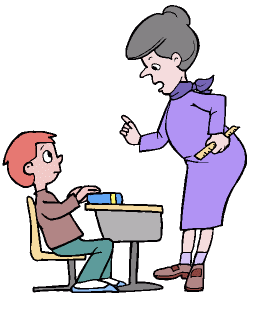TOPIC 10
- Selaras dengan objektif P&P
- Dapat membiasakan diri dengan media
- Bersesuaian dengan kaedah
- Sesuai dengan keupayaan & gaya pembelajaran
- Pemilihan secara objektif
- Pengaruh keadaan sekitar
Media Pengajaran di Bilik Darjah
- Papan Tulis
- Bersih sebelum digunakan
- Kapur pelbagai warna
- Tulisan guru mesti jelas
- Kayu pembaris digunakan sebagai penunjuk
- Papan Gulung
- Mudah alih
- Boleh diguna semula
- Boleh dilekatkan gambar

- Carta
- Dibuat dari kad manila
- Ditulis atau dilukis sendiri
- Menggunakan gambar
image from: http://www.dotnetgoodies.com/
- Papan Pamer
- Contohnya: papan flanel, papan magnet, papan cangkuk, papan gabus

- Buku Teks
- Maklumat mudah didapati
- Mengandungi pelbagai aktiviti
- Terdapat ilustrasi
- Ada lampiran
- Penggunaan secara individu

- Perakam Kaset
- Mudah untuk dikendali
- Mudah alih
- Sesuai untuk kemahiran lisan

- "Overhead Projector"
- Terdapat: Peti sumber cahaya, pentas tayangan, kepala pengunjur
- Dapat dilihat oleh semua pelajar
- Dapat menggantikan papan tulis
- Menayangkan pelbagai bahan
- Mengawal masa
- Tahan lama
- Mudah dikendali
- Slaid yang menarik

- Televisyen & Video
- Sebelum guna:
1) Pra-tonton
2) Sediakan objektif pelajaran
3) Sediakan soalan-soalan panduan
- Semasa guna:
1) Tiada gangguan
2) Berhenti untuk penjelasan
- Selepas guna:
1) Aktiviti perbincangan
2) Sesi soal jawab
3) Tayangan semula
- Kelebihan:
1) Mempelbagaikan kaedah
2) Dapat menambah bahan pengajaran
3) Penyebaran ilmu secara meluas
- Perisian Komputer
- Fungsi:
1) Latih tubi
2) Tutorial
3) Simulasi
4) Permainan
5) Penyelesaian masalah
- Realia
- Contoh:
1) Tumbuh-tumbuhan: daun, bunga, buah
2) Benda buatan: Pakaian, peralatan
3) Haiwan: Burung, Ikan
4) Batu, tanah & pelbagai jenis air
- Penggunaan:
1) Menggambarkan keadaan yang sebenar
2) Tiada kos
3) Membuatkan aktiviti menjadi lebih menarik
4) Tidak perlu diubah-suai





 Posted by
Posted by






















